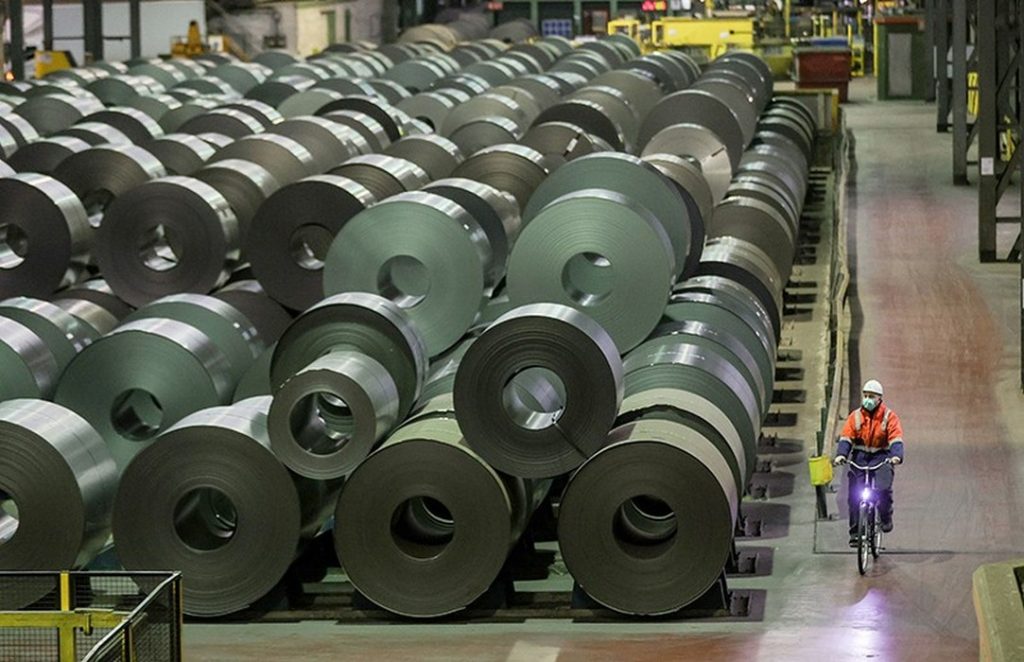Fortescue group is has announced new plans to produce green steel on a commercial scale – and without burning fossil fuels.
Fortescue has signed a memorandum of understanding with Austria’s only crude steel producer, voestalpine, Mitsubishi Corp and Primetals Technologies aimed at designing and engineering an industrial-scale prototype plant with a new process for net-zero-emission ironmaking.
The partners also plan to investigate the implementation and operation of the plant, which will be located near the company’s headquarters in Linz, Austria.
Steelmakers are testing methods of producing steel without releasing carbon dioxide by using electricity to separate iron from its ore, in the hope of finding a path to cleaning up one of the world’s worst industries for greenhouse gas emissions.
Fortescue green technologies offshoot FFI is already investigating ways to make green steel in Asia in collaboration with Indonesia’s GRP, one of that country’s largest private steelmakers.
The new ironmaking process being tested in Austria will be based on Primetals Technologies’ HYFOR (hydrogen fine ore reduction) and smelter solutions technology.
The partners claim HYFOR is the world’s first direct reduction process for iron ore fines that will not require any agglomeration steps, like sintering or pelletizing – a process based on patents by British engineer William Bessemer in the 1850s.
A pilot plant has been in operation since the end of 2021, and, according to FFI, Primetals has run numerous successful test campaigns, including successful trials on Fortescue’s Pilbara-mined iron ore.
Fortescue’s main responsibility is to provide knowledge about iron ore quality and preparation. In addition, it will supply various iron ore types to the pilot.
The project planning phase will be used to design an industrial-scale prototype plant with a capacity of between three to five tons of green hot metal per hour. FFI says it is the first technical solution to link a hydrogen-based direct reduction plant for iron ore fines with a smelter.
Hydrogen is a key part of the European Union’s plan to reach net zero greenhouse gas emissions by 2050.
The hydrogen used in the new plant will mainly come from Austrian renewable energy producer Verbund, which operates a proton exchange membrane (PEM) electrolyzer named H2Future.
The plant is the world’s largest of its kind used for steelmaking, with a capacity exceeding 6MW, according to Fortescue.
Tags: Austria, Fortescue, Fossil Fuels, Green Steel, Mitsubishi



Recent Posts
Babcock’s LGE Business Secures Contract for Marine Ammonia Fuel System to Advance Shipping Decarbonisation
Associated Terminals Deploys Liebherr’s All-Electric Cranes in Landmark Move Toward Cleaner Cargo Handling
Sanmar delivers fully electric emissions-free tug to major global operator Svitzer
Kolkata Dock deploys first-ever electric mobile cranes
ONGC orders two ethane carriers from Mitsui O.S.K. Lines
IndianOil to Commission India’s Largest Green Hydrogen Plant by 2027
IMI Greater Noida Signs MoU with IME (I) to Launch A New Student Chapter
GCMD Completes World’s First Pilot Demonstrating Full Carbon Value Chain from Ship-Captured CO2 in China